
GRAP and Air Pollution: A Clear Guide to India’s...
GRAP and Air Pollution: A Clear Guide to India’s Graded Response Action Plan Dense smog, poor visibility, and dangerously high Air Quality Index (AQI) levels during the winter months ...
Read More
Ghazipur Landfill: Tackling Methane Emissions Thro...
For a long time, the Ghazipur landfill in East Delhi served as an obvious reminder of India's problems with urban waste. It now receives thousands of tonnes of mixed waste every day and rises almost as high as famous monuments, making environmental concern...
Read More
Form V - Environmental Statement for E-Waste Recyc...
Every e-waste recycling facility in India operates within a highly regulated environment, given the hazardous nature of the materials they handle such as lead, mercury, cadmium, lithium-ion batteries, PCBs, CRT glass, and other toxic components. To ensure these...
Read More
Waste Management and Sustainability Go Hand in Han...
One thing is becoming more and more evident as the globe struggles with resource depletion, climatic instability, and rising pollution levels: our relationship with trash defines our sustainability trajectory. Waste is a reflection of i...
Read More
Occupational Health and Safety (OHS)
Introduction In today’s industrial landscape, ensuring the health and safety of employees has become one of the most crucial aspects of organizational governance. Whether it is a manufacturing unit, con...
Read More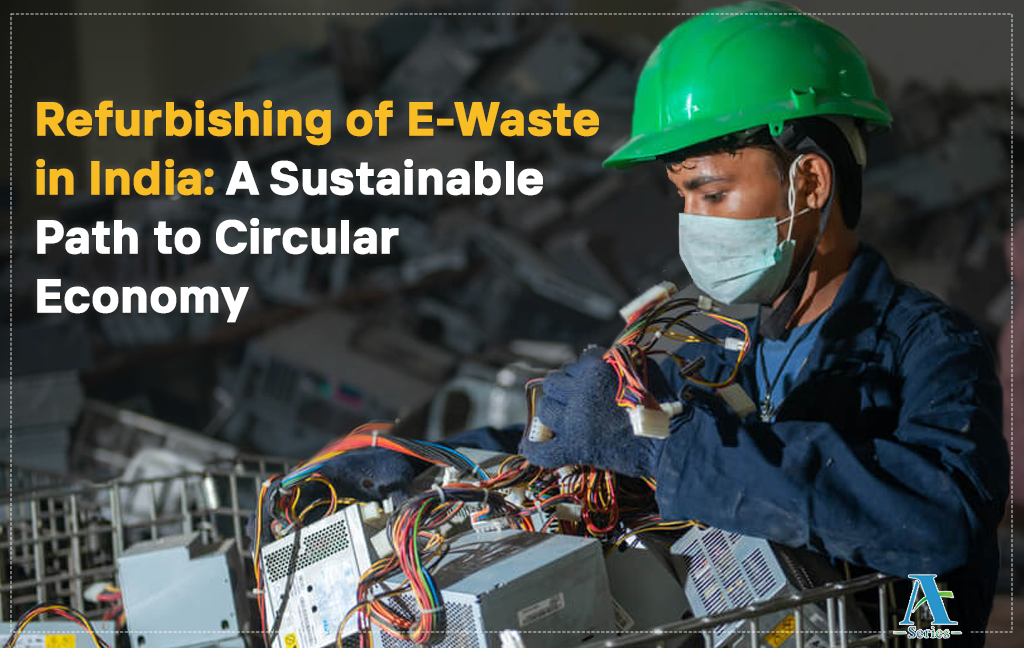
Refurbishing of E-Waste in India
Refurbishing of E-Waste in India: A Sustainable Path to Circular Economy Introduction India, being one of the fastest-growing digital economies, generates a massiv...
Read More
E-Waste Recycling for Precious Metals: Techniques,...
E-waste, or electronic waste, includes discarded electronic devices such as mobile phones, computers, TVs, and circuit boards. As technology evolves rapidly, millions of tons of e-waste are generated annually. What most people don’...
Read More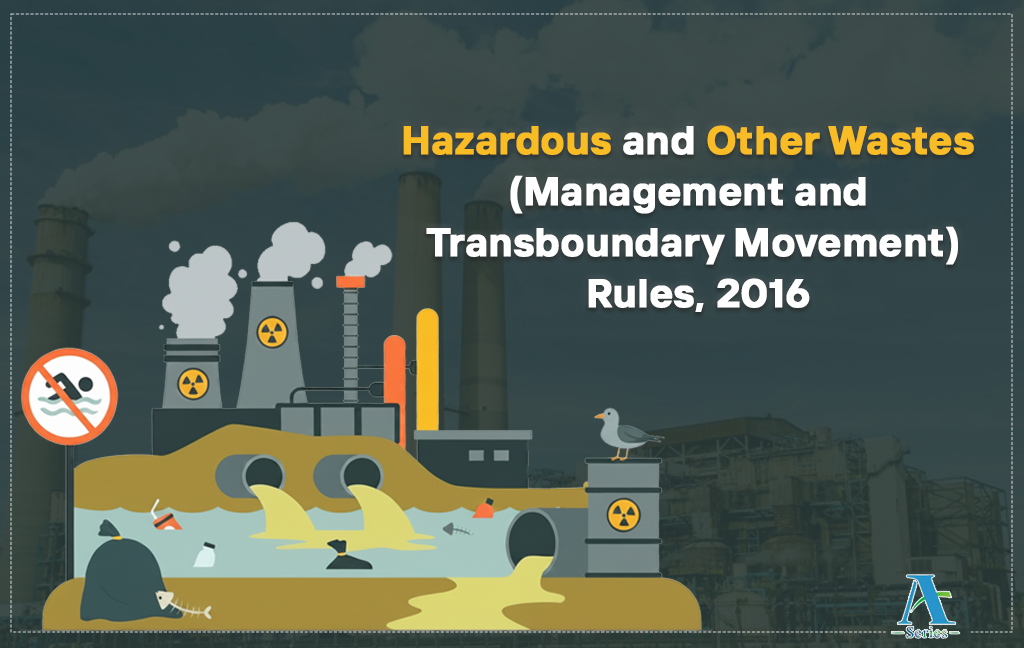
Hazardous and Other Wastes (Management and Transbo...
Introduction Industrial growth is vital for a nation’s development but it also brings environmental challenges, especially in the form of hazardous waste. From chemical manu...
Read More
Importance of CTO and CTE in Any Industry or Busin...
Introduction In India, any industry or business that can potentially cause pollution whether through emissions, effluents, or waste generation must obtain prior environmental permissions before beginning operatio...
Read More
Groundwater NOC by CGWA
Groundwater is India’s most crucial natural resource — supporting nearly 65% of irrigation, 85% of rural drinking water, and a significant portion of industrial and comm...
Read More
Petroleum and Explosives Safety Organisation (PESO...
PESO: The Guardian of Industrial Safety in Petroleum, Gas, and Explosives Sectors In India’s rapidly expanding industrial landscape, the safe handling of petroleum products, gases, and explosives is cri...
Read More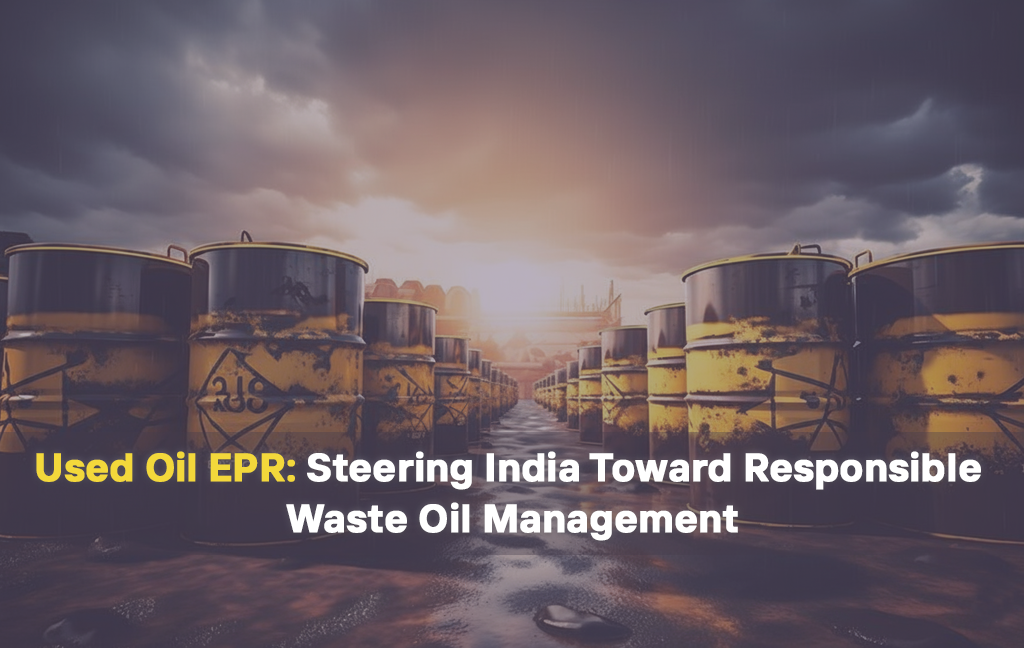
Used Oil EPR: Steering India Toward Responsible Wa...
Introduction Every drop of used oil tells a story of industrial growth, transportation efficiency, and mechanical progress. But once its purpose is served, that same oil can become a serious pollutant. If not pro...
Read More
Hazard and Operability Study (HAZOP)
In complex process industries, even a small deviation from design intent can trigger serious safety incidents. Whether it’s an oil refinery, a chemical plant, or a pharmaceutical unit maintaining process safety is paramount. A
Read More
Process Hazard Analysis (PHA) & Risk-Based Safety
In today’s fast-evolving industrial landscape, safety cannot be left to chance. With complex chemical processes, hazardous substances, and high-pressure systems, even a small oversight can lead to catastrophic incidents. This is where Pr...
Read More
Quantitative Risk Assessment (QRA) in the Oil & Ga...
The oil and gas industry operates in a complex environment where safety, reliability, and environmental protection are paramount. Every pipeline, refinery, offshore platform, and storage facility carries potential hazards from flammable gases and toxic releases...
Read More
Emergency Response & Disaster Management Plan (ERD...
In industries that handle hazardous substances such as oil & gas, chemicals, and manufacturing preparedness is not an option; it’s a necessity. A well-structured Emergency Response and Disaster Manage...
Read More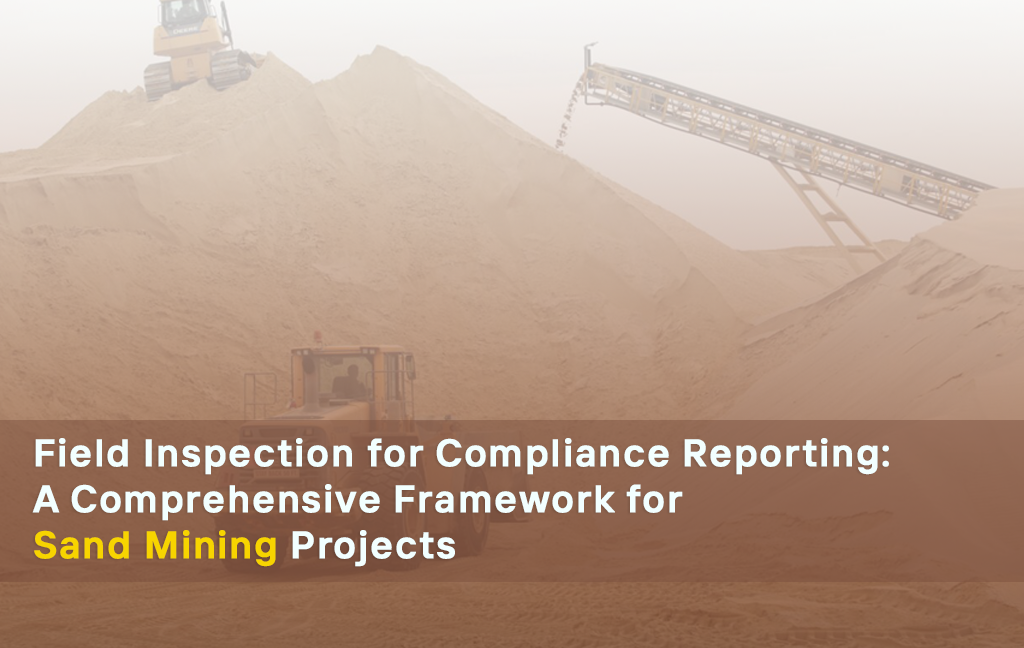
Field Inspection for Compliance Reporting: A Compr...
Introduction Sand mining is crucial for infrastructure and construction, but it can seriously harm river ecosystems, groundwater, and local communities if not properly managed. The Government of India recognizes ...
Read More
Waste Tyre EPR in India: Turning a Challenge into ...
India’s booming automobile industry has brought with it an unintended consequence — the rapid rise of waste tyres. Once a tyre reaches its end-of-life, it does not biodegrade, and careless disposal can cause seve...
Read More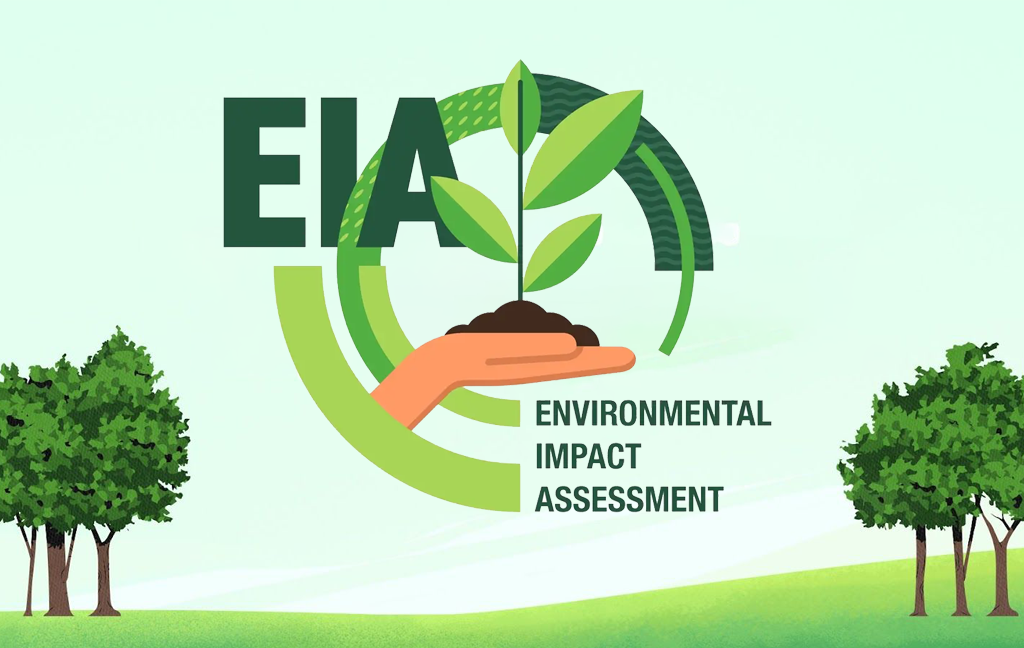
Environmental Impact Assessment (EIA): A Crucial T...
In an era of rapid industrialization and urban expansion, balancing growth with environmental protection has become a global necessity. Environmental Impact Assessment (EIA) ensures that economic progress does not come at the cost o...
Read More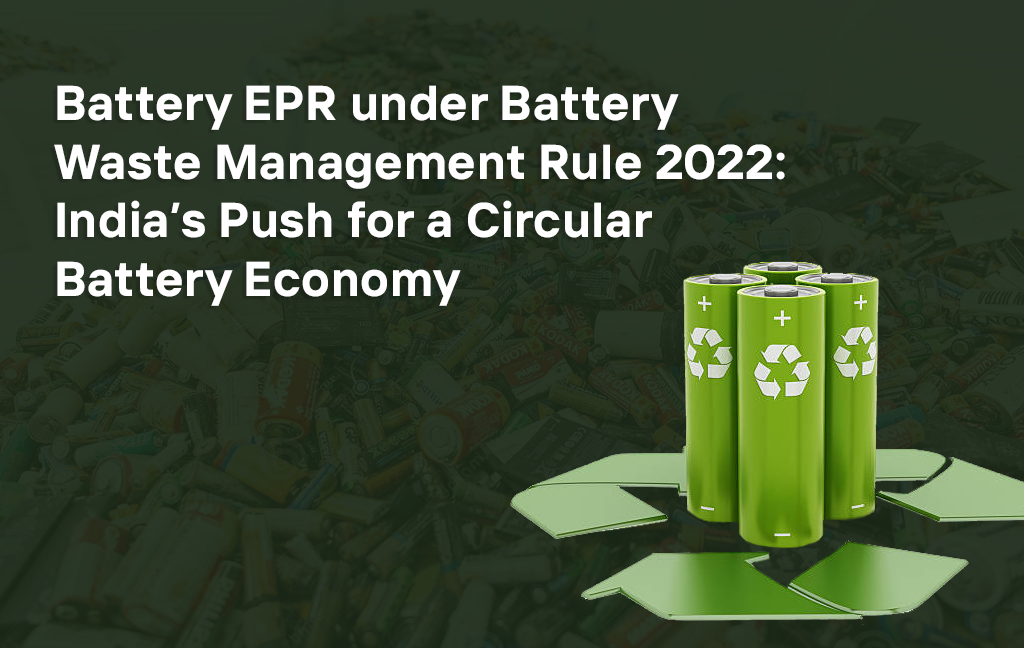
Battery EPR under Battery Waste Management Rule 2...
As India embraces clean energy, electric mobility, and digital infrastructure, battery consumption has grown exponentially. From smartphones to electric vehicles, batteries are now central to modern life. But with their increased use comes a complex problem &am...
Read More
Plastic Waste EPR Management in India: Transformin...
India, like many developing nations, is grappling with the mounting challenge of plastic waste. With rapid urbanization, growing consumption patterns, and increased packaging needs, the volume of plastic waste generated each year continues to rise. In response,...
Read More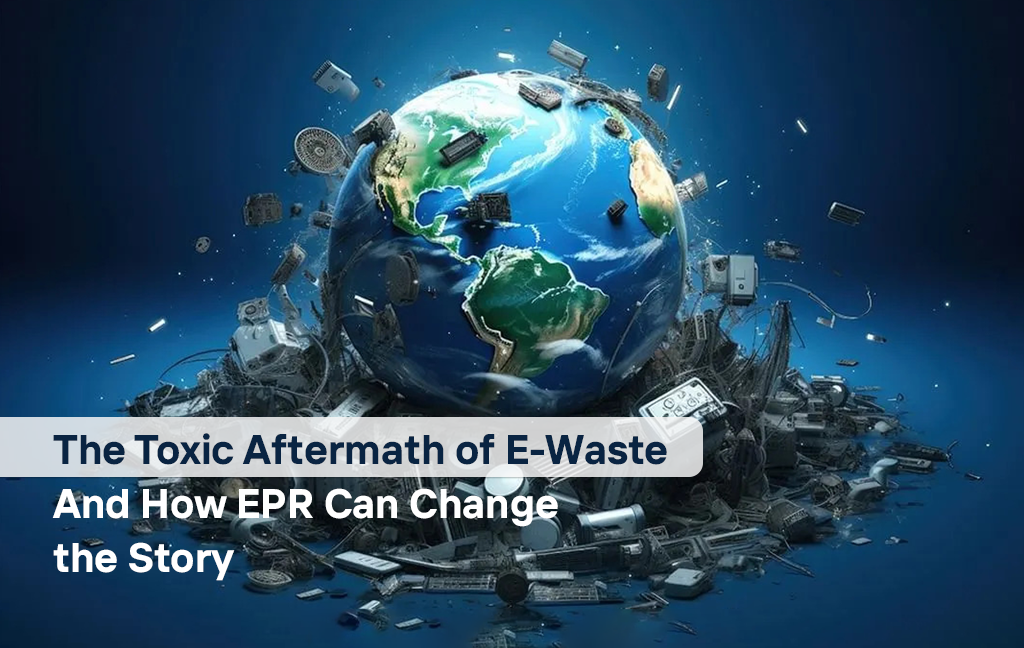
The Toxic Aftermath of E-Waste — And How EPR Can...
We live in a digital-first world, where smartphones, laptops, wearables, and chargers are deeply integrated into our daily lives. But as we upgrade to newer models every year, have you ever paused to ask: where do our old gadgets go?
Read More
India’s Circular Waste Economy: A Path towards S...
India is one of the world's fastest growing economies, but it also has challenges in terms of managing waste. India generates 62 million tonnes of waste per year (as per MoEF& CC), most of which ends up in landfills. This is not only harmf...
Read More
Show cause Notice under section 5 of the Environme...
The Central Pollution Control Board (CPCB) has issued show cause notices under section 5 of the Environment (Protection) Act, 1986 for Non- Compliance of Plastic Waste Rule, 2016 (as amended). This directive has targeted on Pro...
Read More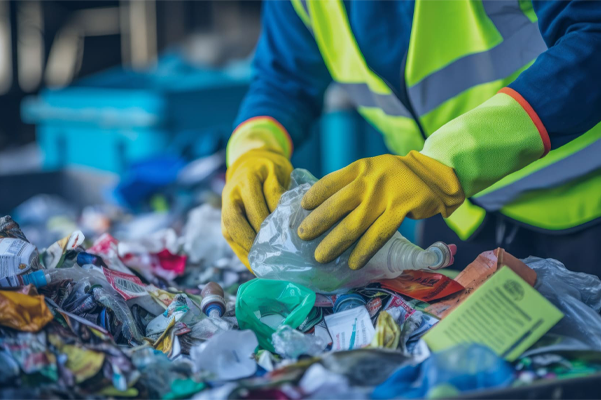
Waste Management in India: A Focus on E-waste, Pla...
India has emerged as one of the fastest-growing economies, but along with growth comes a critical environmental challenge: waste management. The government has recognized this and developed regulatory frameworks t...
Read More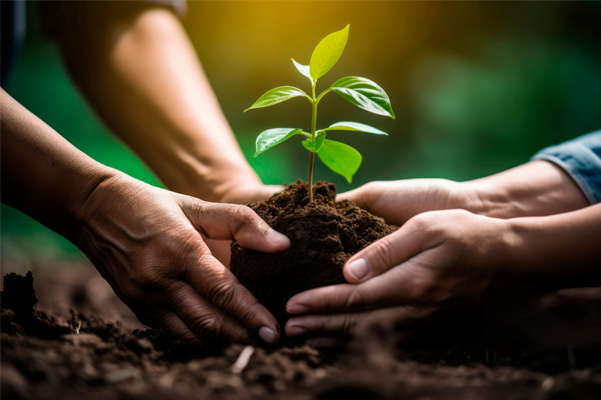
Sustainability: Building a Greener Future for Gene...
Sustainability has become one of the most important global goals as the world faces environmental degradation, resource depletion, and climate change. At its core, sustainability is about meeting present needs wit...
Read More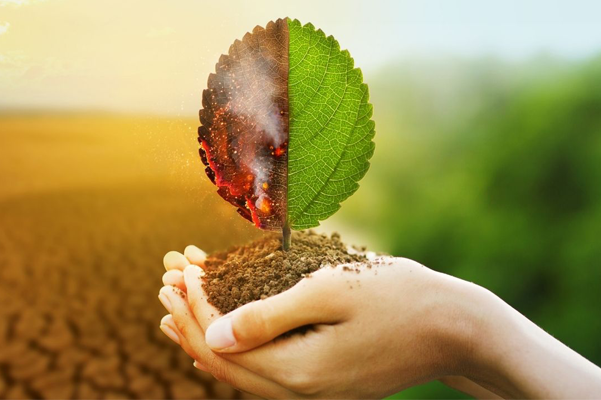
Environmental Impact Assessment (EIA): A Vital Too...
Environmental Impact Assessment (EIA) is a crucial process used to evaluate the environmental consequences of proposed projects before they commence. It is designed to ensure that development projects, whether ind...
Read More


